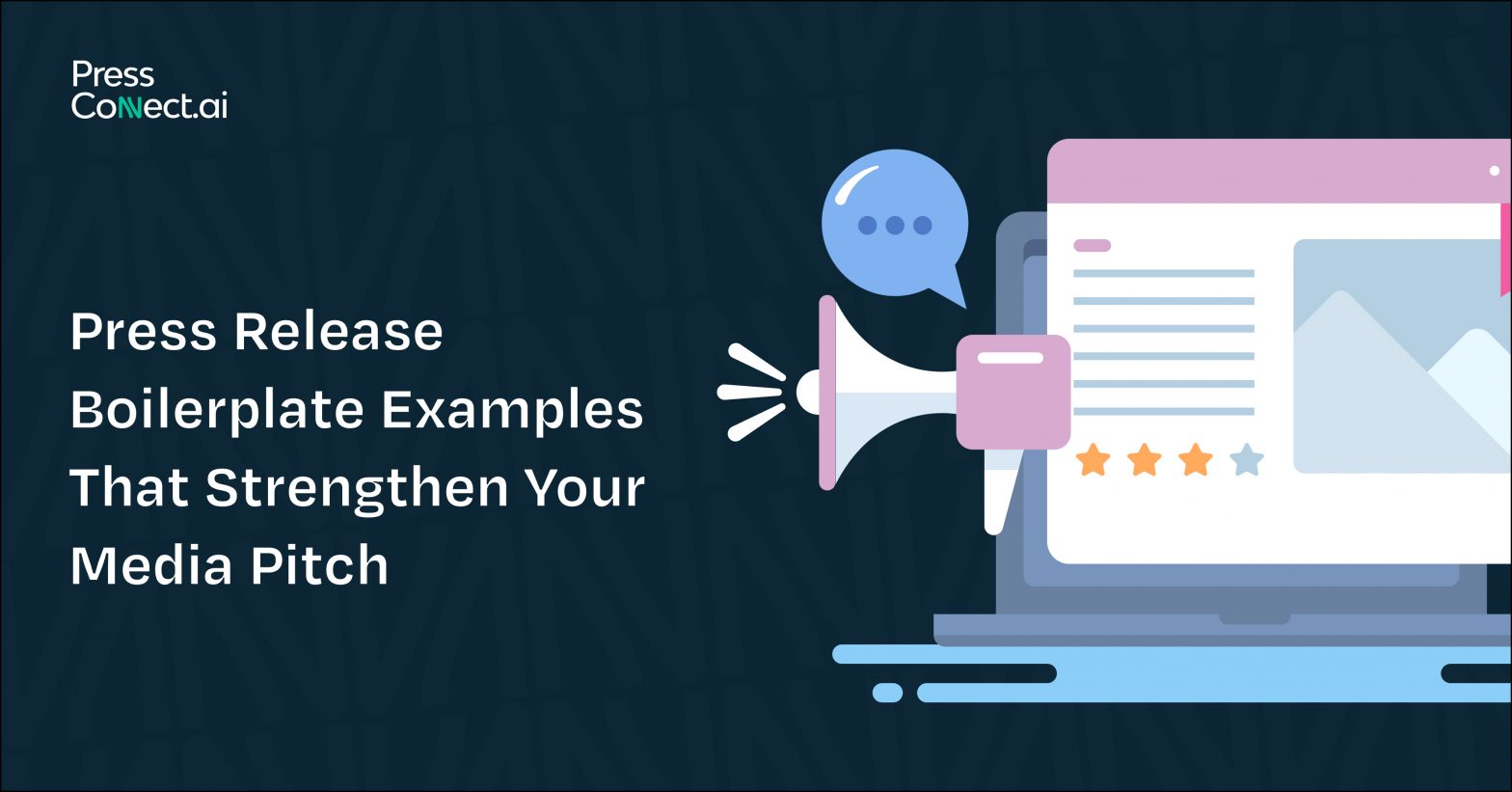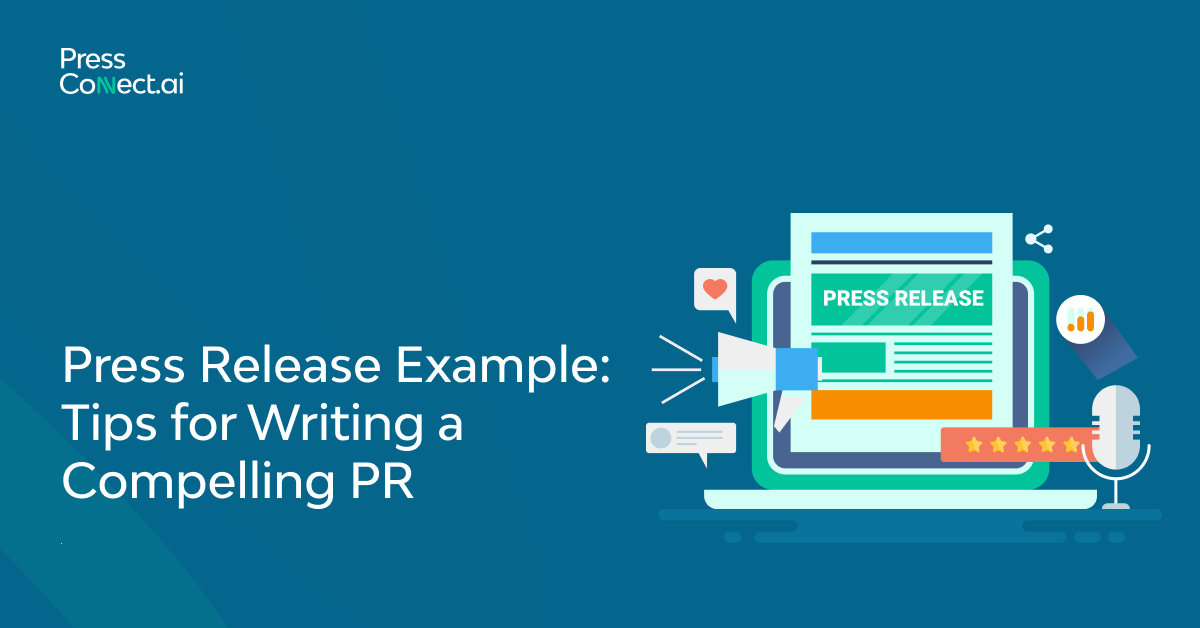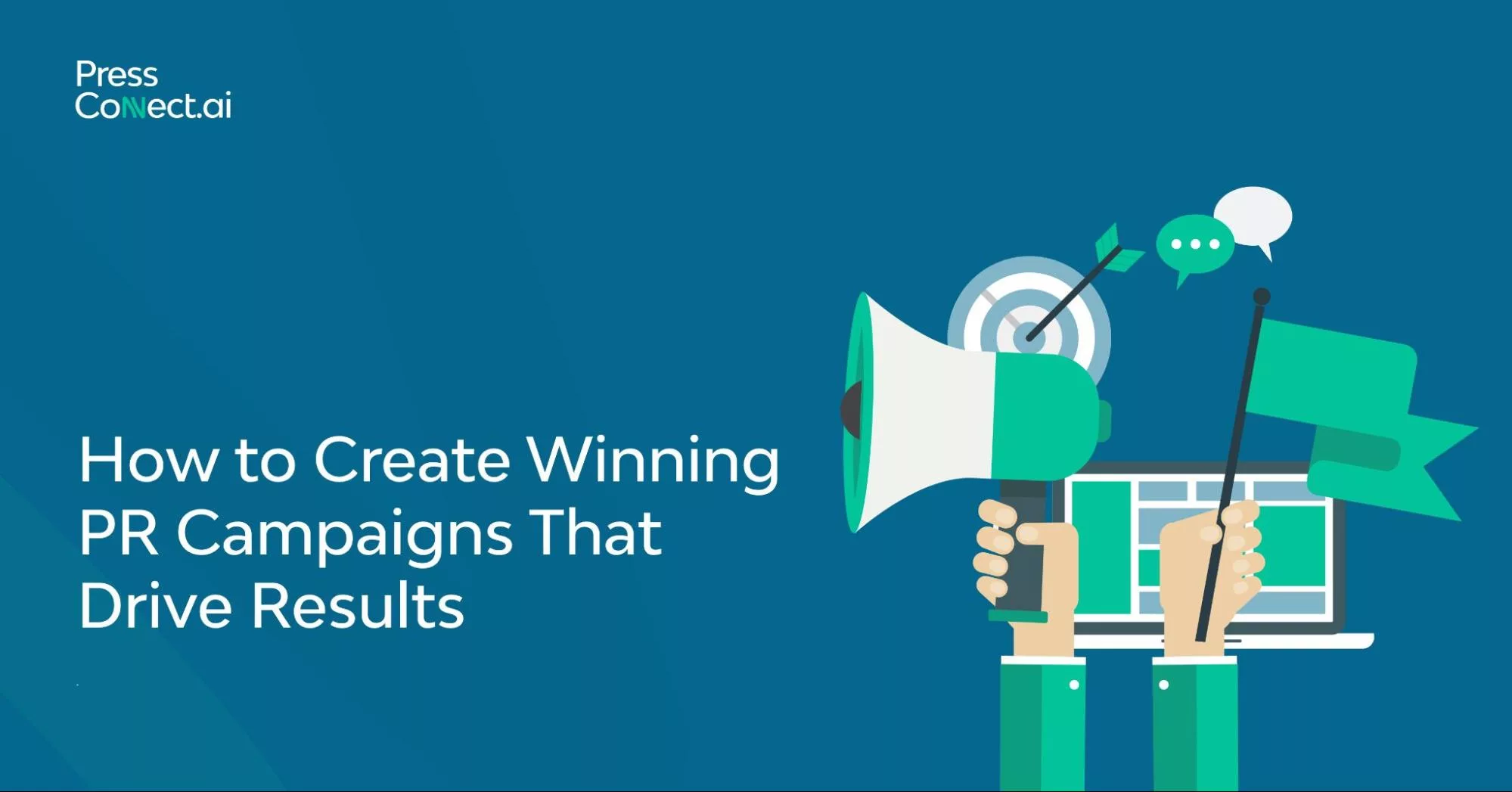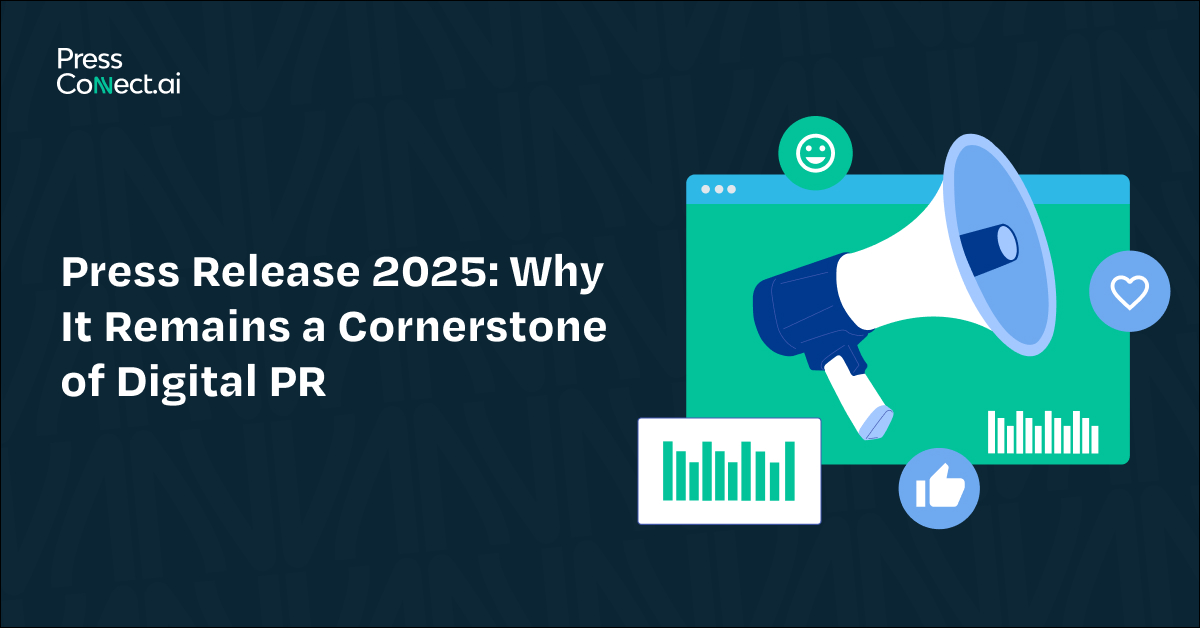Press Release Boilerplate Examples That Strengthen Your Media Pitch
The press release boilerplate serves as a crucial tool for shaping brand perception, as many people tend to overlook this critical section.
Your brand’s elevator pitch appears at the end of your announcement, typically in the boilerplate section. The boilerplate enables you to present your brand identity alongside your principles and the rationale behind engaging with your content through media. The well-implemented press release boilerplate achieves three key goals: enhancing the media pitch’s fullness, supporting PR strategy execution, and improving SEO performance.
In this post, we’ll explore:
- What makes an effective boilerplate
- Common mistakes to avoid
- Examples from commercial operations are available for studying
- Dynamically adjustable default framework provides everything essential to author professional press release documents.
The structure of your press release needs an exceptional boilerplate because you use it to launch products, declare funding, or establish thought leadership positions. Let’s dive in.
A press release boilerplate is a short, standardized paragraph placed at the end of a press release. Often titled “About [Company Name],” this section serves as your brand’s official signature—a consistent, go-to description that tells readers who you are and why you matter.
In PR writing, the boilerplate plays a key role in your overall press release format. While the main content of your press release changes with each announcement, the boilerplate remains relatively stable, offering a clear and concise summary of your company, mission, and credibility.
Why Is It Important?
An effective boilerplate isn’t just filler content. It contributes directly to your PR strategy in three key ways:
- Establishes authority – It highlights achievements, credibility markers, or recognitions that build trust with media outlets.
- Supports SEO – When written with relevant keywords, your boilerplate can help increase search engine visibility across multiple PR campaigns.
- Drives brand recognition – A consistent boilerplate reinforces your messaging and brand identity across all PR materials.
Where Does the Boilerplate Appear?
In standard press release formats, the boilerplate comes after the main body of the release, usually before contact information or the media kit link. Think of it as the final word that leaves a lasting impression on journalists and online readers.
Key Elements of an Effective Boilerplate
A great press release boilerplate distills your company’s identity into a single, impactful paragraph. It’s not just a summary—it’s your brand’s voice, mission, and value proposition wrapped into a polished statement. Done well, it adds weight to your press release format and leaves a lasting impression on both media and audiences.
Here are the essential elements that make your boilerplate effective and SEO-friendly:
Clear Company Overview
Start with who you are and what you do. Be specific, not vague. Avoid buzzwords or industry jargon that confuses rather than clarifies.
Example:
“Founded in 2018, EcoWare is a California-based startup that develops compostable packaging solutions for the food and beverage industry.”
Mission or Vision Statement
This line should convey your broader purpose or the problem you’re trying to solve. Keep it authentic and aligned with your brand voice.
Example:
“Our mission is to make sustainable packaging the norm, not the niche.”
Key Achievements or Differentiators
Add a line or two about awards, milestones, or notable partnerships. This builds credibility and catches a journalist’s eye.
Example:
“EcoWare was awarded ‘Best Green Tech Startup’ by Sustainable Futures in 2022 and currently partners with over 300 restaurants nationwide.”
Website or Contact Information
End with a direct link to your official website or newsroom. Make it easy for media contacts or curious readers to learn more.
Example:
“To learn more, visit www.pressconnect.ai.”
Brand Tone & Consistency
Whether formal, friendly, or bold, your tone should match your brand personality and stay consistent across all press releases.
Optional: SEO Keywords
Subtly include one or two relevant keywords like sustainable packaging, PR strategy, or green tech to improve search visibility without compromising readability.
Pro Tip: Treat your boilerplate as a living asset. Revisit and update it every few months to reflect new accomplishments, offerings, or shifts in brand direction.
Common Boilerplate Mistakes to Avoid
A poorly written boilerplate can weaken even a strong press release format. While it might seem minor, this paragraph often becomes a lasting reference point for your brand in the media. Avoiding the following common mistakes can ensure your press release boilerplate enhances rather than hinders your PR strategy.
Making it too long or Too Vague
Your boilerplate isn’t your company’s full history. Rambling or stuffing it with vague claims dilutes the impact and confuses readers.
Do this instead: Stick to 4–6 tight sentences clearly stating what your company does, why it matters, and how to learn more.
Using Outdated or Inaccurate Info
Details like years in business, awards, or customer numbers can change. If you’re not updating your boilerplate regularly, you risk distributing inaccurate information across press release campaigns.
Fix it: Review and revise your boilerplate quarterly or before every major release.
Overloading with Jargon or Buzzwords
Terms like “disruptive,” “synergy,” or “cutting-edge” mean little without proof, and can make your brand sound generic or exaggerated.
Use clear, confident language that speaks to absolute value and outcomes.
Forgetting SEO Opportunities
Your boilerplate appears every release, so why not make it work for search visibility?
Include relevant keywords (like eco-friendly packaging, AI marketing tools, sustainable fashion, etc.) within the text.
Skipping the Human Element
A cold, corporate-sounding boilerplate won’t resonate with readers or media. If it reads like a robot wrote it, it’s time to refresh.
Make it personal and purpose-driven. Show what drives your company beyond profits.
Avoiding these common pitfalls ensures your PR writing ends on a high note, reinforcing your brand identity and helping every press release campaign reach its full potential.







